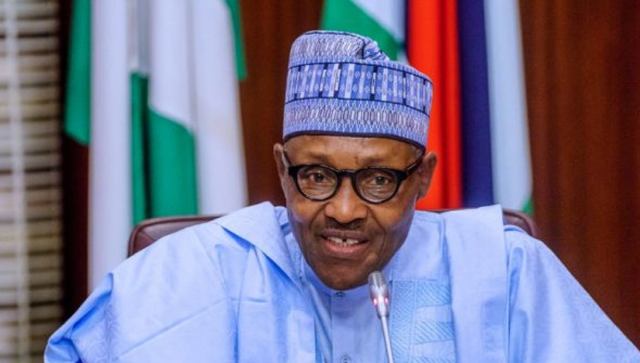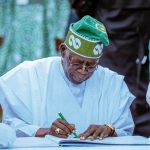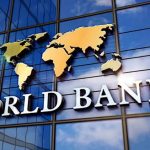The Federal Government has provided comprehensive clarifications regarding the recently submitted request to the National Assembly for approval of a new $21.5 billion external borrowing plan, which forms a key part of the proposed borrowing strategy for 2025-2026.
In a detailed statement released on Tuesday by Mohammed Manga, Director of Information and Public Relations at the Federal Ministry of Finance, the government explained that the Debt Rolling Plan is a structured framework designed to guide external borrowing activities by the federal, state, and local governments over a two-year horizon. This approach aims to enhance fiscal discipline by enabling thorough financial planning and eliminating the inefficiencies commonly associated with ad hoc borrowing.
“The proposed Debt Rolling Plan outlines the external borrowing framework for both the federal and sub-national governments over a two-year period,” the statement said. “By adopting a structured, forward-looking approach, the plan facilitates comprehensive financial planning and avoids the inefficiencies of ad hoc or reactive borrowing practices.”
The government emphasized that the new borrowing plan should not be interpreted as an automatic increase in Nigeria’s overall debt stock. Instead, the majority of funds will be sourced from Nigeria’s development partners, including multilateral institutions such as the World Bank, African Development Bank, French Development Agency, European Investment Bank, JICA, China EximBank, and the Islamic Development Bank. These organizations typically provide concessional loans, characterized by favorable terms and extended repayment periods, thus supporting Nigeria’s development goals in a sustainable manner.
Reaffirming its commitment to economic growth and development, the government highlighted the critical need for investment in key sectors such as transportation, energy, infrastructure, and agriculture. These investments are vital to laying the foundation for long-term economic diversification and stimulating increased private sector participation.
“Our debt strategy is guided not only by the size of our obligations but by the utility, sustainability, and economic returns of the borrowing,” Manga explained. “Ensuring that all borrowed funds are efficiently utilized and directed toward growth-enhancing projects remains a top priority. The government remains committed to maintaining borrowing within manageable and sustainable limits.”
The borrowing plan includes requests for additional financing instruments, notably a loan of 15 billion Japanese Yen and a grant of 51 million Euros, aimed at supporting various development initiatives. The government underlined that these funds would be deployed across the 36 states of Nigeria to stimulate job creation, promote skills acquisition, encourage entrepreneurship, reduce poverty, and improve food security.
The President had previously stated that the country’s declining domestic revenue and funding constraints make external borrowing a necessary strategy to bridge critical infrastructure gaps nationwide.
Background data shows Nigeria recently completed the full repayment of the $3.4 billion emergency loan obtained from the International Monetary Fund (IMF) in 2020, signaling disciplined debt management. As of December 2024, Nigeria’s total foreign debt stood at $44.9 billion, with the bulk owed to Eurobond holders ($17.32 billion), the World Bank’s International Development Association (IDA) ($16.56 billion), China Exim Bank ($5.06 billion), the African Development Bank ($2.10 billion), and the International Bank for Reconstruction and Development (IBRD) ($1.24 billion).
The Debt Rolling Plan represents an important evolution in Nigeria’s debt management framework, aimed at fostering transparency, predictability, and sustainability in external borrowing to support the country’s socio-economic development aspirations.










